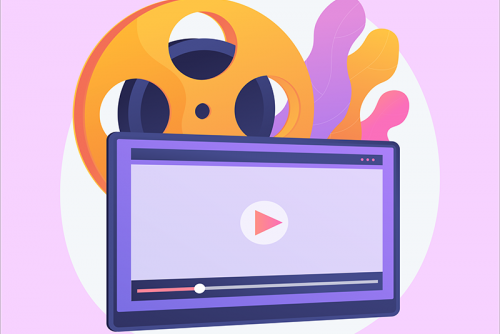About People with Speech Disorders
Someone with a speech disorder has trouble producing or organizing speech sounds and syllables correctly or with fluency. There may also be a total loss of voice. Speech disabilities may be genetic or can be caused by another health condition (someone who is deaf, neurodivergent, has a chronic illness, or is physically disabled can have a speech disability). Common speech disabilities include apraxia, cluttering, dysarthria, and stuttering.
Barriers to Inclusion
- Inherent societal bias that how someone speaks indicates their level of intelligence, which leads to job interview biases and employment barriers.
- Lack of acceptance of speech disorders as a variation on speech - society seeks to fix the person.
- Job descriptions that include "good verbal communication skills."
- Social ridicule and representation in media that encourages ridicule.
- Products and services that rely on voice-only interaction.
- Websites that offer phone numbers as the only way to communicate with organizations.
Amplifying Voices in the Speech Disorder Community
Our goal on this site is to amplify the voices of each community. Disability communities are often spoken over or spoken for when they are already speaking out for themselves.

Video: The Thing Is, I Stutter
In this TED, Megan Washington talks about her stutter and how it impacts her interaction with others. She also talks about how singing was used as speech therapy and how that lead to her career as a singer.

Book: The Boy Who Couldn't Speak, Yet
In this children's book, Jordan Christian Levan writes about his own experience as a child with apraxia and how his mother teaches him and others that being different isn't a bad thing.

Movie: My Beautiful Broken Brain
In this Netflix documentary, Lotje Sodderland takes us on a journey into the complexity and vulnerability of her brain following a stroke. Warning: This documentary contains flashing content to convey Lotje's loss of vision.
Understanding How the Speech Disorder Community Accesses the Web
The speech disorder community will most commonly use Augmentative/Alternative Communication (AAC). AAC refers to the use a variety of modes - picture boards, speech-generating devices (SGDs), tangible objects, manual signs, gestures, and written communication to enable someone who does not speak or who cannot speak clearly to communicate more effectively.
When thinking about this community, the most important thing to remember is that a voice-only solution will work not work for many members of this community. A recent example of a product that relies on voice-only is Clubhouse; there is no chat feature in Clubhouse to provide a written option to communication.
Additional Resources
We Stutter @ Work: The National Stuttering Association (NSA) provides resources and educational presentations to businesses about stuttering and the value that people who stutter bring to the workplace. Human Resources and Diversity & Inclusion Departments can benefit greatly by learning the causes of stuttering, the misperceptions of people who stutter, advice on listening, simple workplace accommodations, and the importance of creating allies at work.
